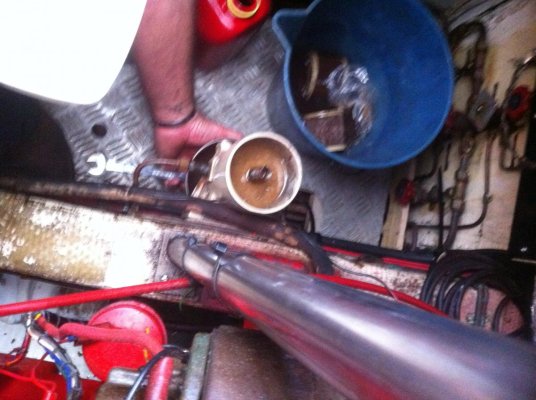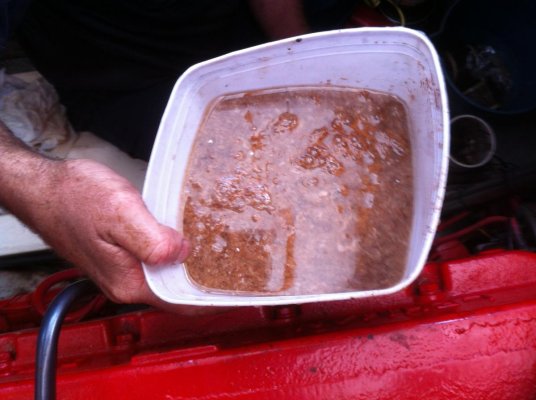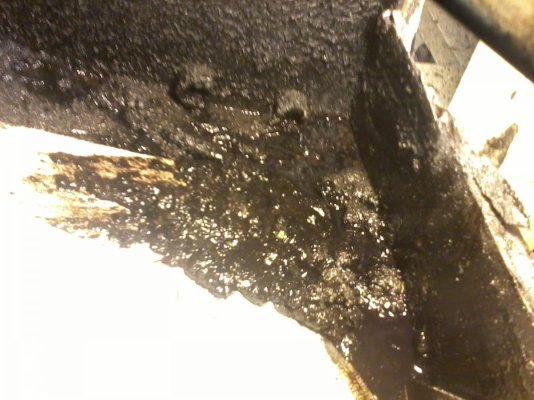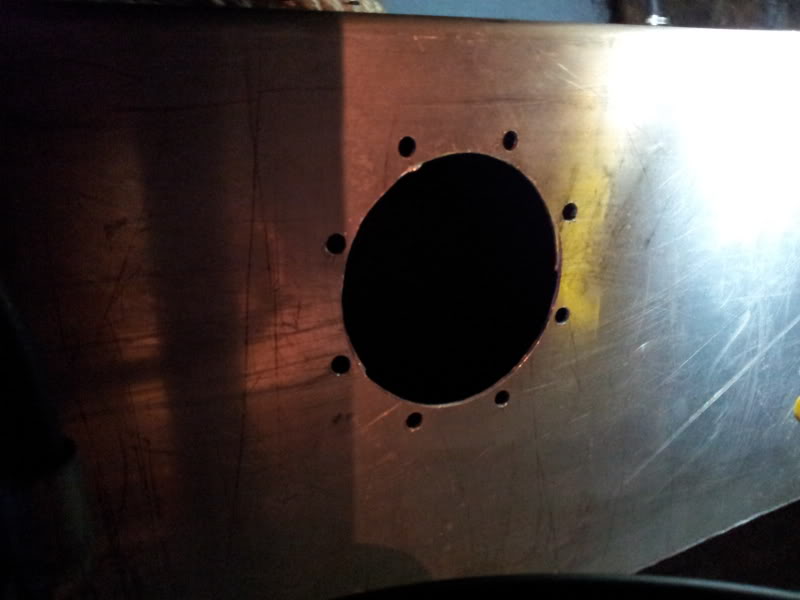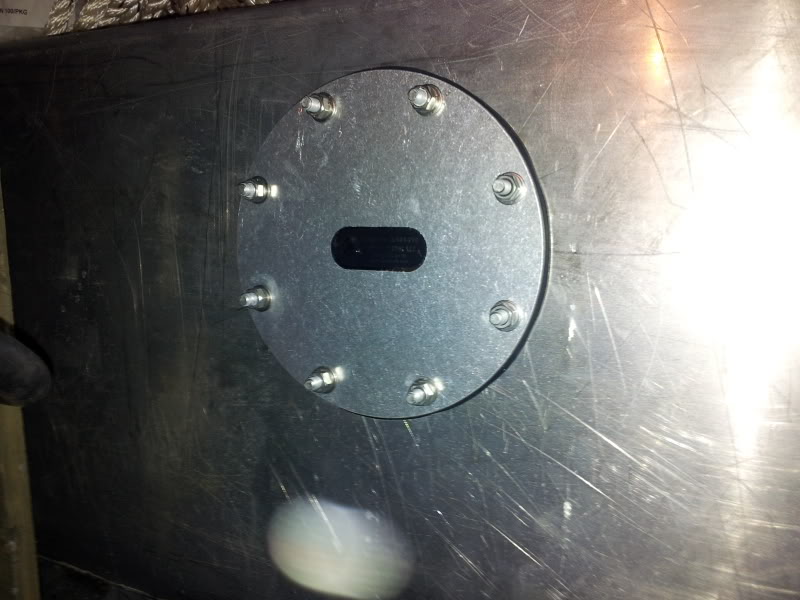Andy G
Hospitality Officer
- Joined
- Sep 20, 2010
- Messages
- 1,897
- Location
- Australia
- Vessel Name
- Sarawana
- Vessel Make
- IG 36 Quad Cabin
Well as you can see from the photo's, the combination of low fuel tanks and a large swell on the nose stirred up some lurking nasties in the tanks. the main fuel filters took a hammering, thank god for secondary filters.
the combination of low fuel tanks and a large swell on the nose stirred up some lurking nasties in the tanks. the main fuel filters took a hammering, thank god for secondary filters.
Obviously I can't ignore this, so have scheduled to have the tanks flushed out. The situation is a common one I guess for boats of this age. The mild steel tanks are original, circa 1980's, some rust on them etc.
If anyone has already been through this I would appreciate any tips or advice before i haul the old girl out.
Thanks
Andy
Obviously I can't ignore this, so have scheduled to have the tanks flushed out. The situation is a common one I guess for boats of this age. The mild steel tanks are original, circa 1980's, some rust on them etc.
If anyone has already been through this I would appreciate any tips or advice before i haul the old girl out.
Thanks
Andy

